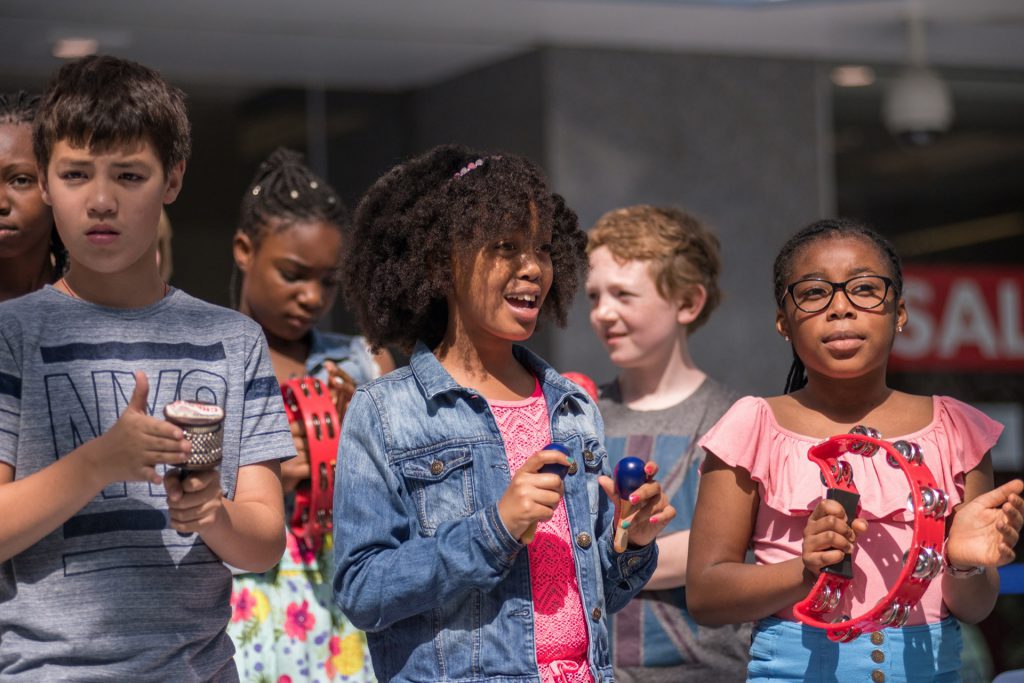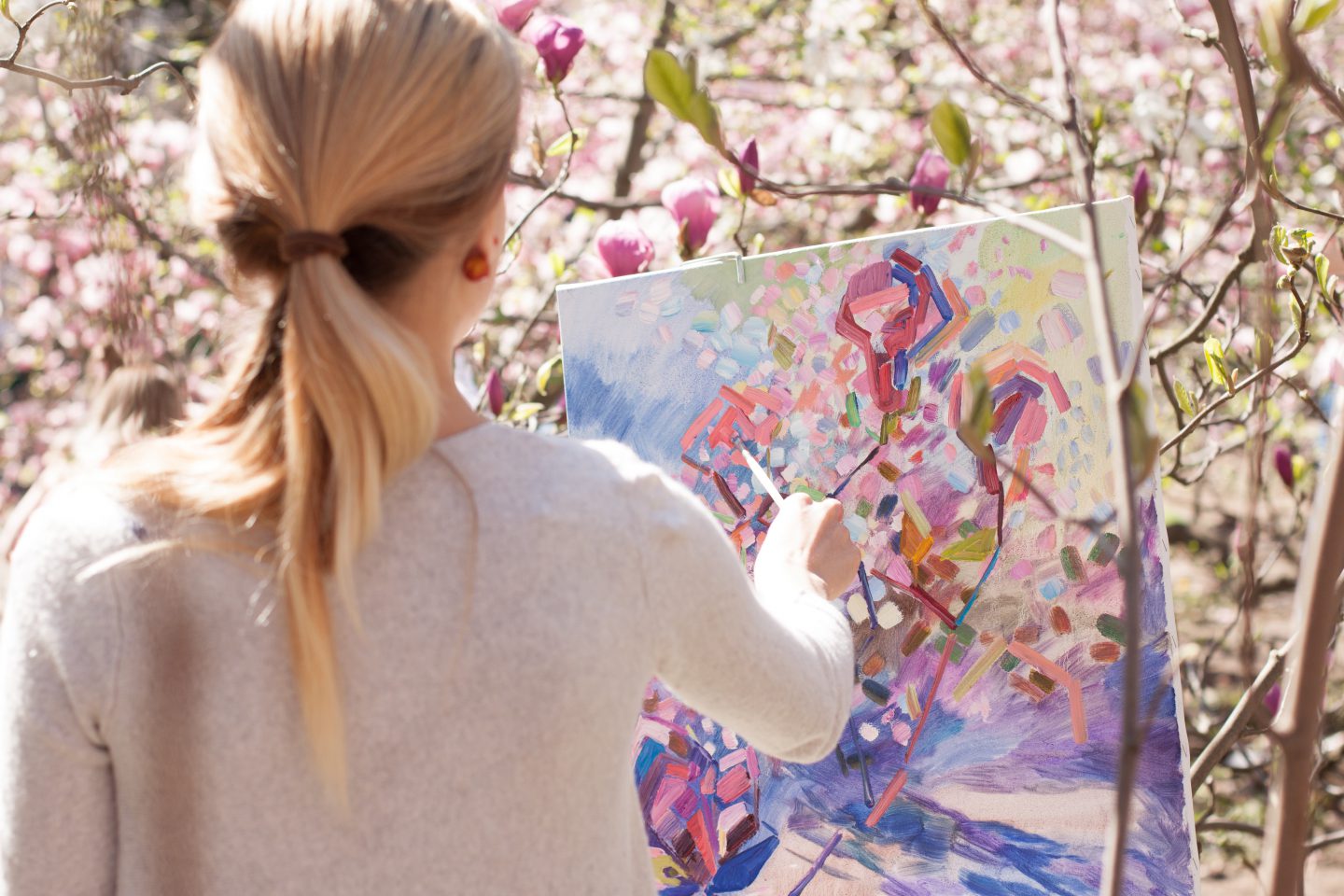The time of grey suits is coming to the end – business now strives to be more innovative, creative and inclusive. To achieve that, we can look towards something that’s already all these things – the arts.
Some years ago The Arts Council (England) said that art:
- Helps people “understand, interpret and adapt to the world around them.” To ensure long-term success of the business, it is essential that our strategies include understanding the world around us and our communities. We need to constantly adapt to survive – art can help.
- Brings “colour, beauty, passion and intensity to lives.”
- Builds people’s skills, confidence and self-esteem.
As a start-up director, who’s already embraced the arts, I’ve summed up three more reasons for businesses to get involved.
Improve Client Engagement
My first exposure to the power of art in business was in my early teens in my dad’s office.
He supported a local orphanage and many children drew him lovely pictures to say thanks. He then had those pictures all over the walls in his office. It was always the first topic of conversation with partners and clients.
Almost two decades later, I worked in an office where we had different art on the walls every six months. We would have an artist come in and talk about their work and it was rather lovely. The artist benefited from the extra exposure, and we certainly benefitted from a nicer office environment. When clients came in, as we walked, I would say this is by this artist, she came in and this is what it represents. A nice way to start a meeting. If you haven’t yet unlocked the power of your walls, now is the time!
Celebrating local art and your involvement with your community is a much more compelling way to engage with clients than just the usual anniversary or launch-type events.
I know of corporates who support young artists and then have a gallery-opening night type events in their offices. They would invite their colleagues, clients, other key stakeholders, alongside artists, for a drinks reception. Meeting artists (whatever age or stage of their careers) feels special, it’s something that we then share with our friends and family. Being part of a movement that has a positive impact on artist’s lives also feels good. Celebrating local art and your involvement with your community is a much more compelling way to engage with clients than just the usual anniversary or launch-type events. There are also plenty of opportunities to do joint projects and create long-lasting relationships with a shared purpose beyond profit.
Have an Impact
90% of consumers would switch brands to one that is associated with a good cause, given similar price or quality.
While there is a huge number of causes to choose from, I am most excited about the arts as a force for positive impact because it’s strength-based. You don’t talk to artists or young people who are creating something beautiful about their problems. Instead you focus on what they are good at (and everyone has an artist within) and what they enjoy – that can be very powerful indeed.

The UK-based charity Create brings together disabled and non-disabled young people across the UK to create art collaboratively. This helps to break down barriers and provide an environment in which new skills can be developed and understanding shared. Their other projects engage people who are vulnerable through homelessness, poverty, or loneliness.
A New York-based charity Art Smart organises creative workshops inside homeless shelters, connecting “underserved” youth with artists. Their website says ‘’art saves lives’’ and it does. In a beautiful, fun, and collaborative way.
If we look at it through the UN Sustainable Development Goals framework, art is helping improve mental health (that’s health and well-being, goal 3), reduce inequalities (goal 10) and create partnerships (goal 17).
There are endless opportunities to support the arts locally, whether it’s through not-for-profits, schools, theatres, galleries – the infrastructure is already there for companies to get involved.
Motivate Employees
The Duchess of Cambridge said: “I have always believed in the power of art, not only to unlock that creativity, but also to bring us joy, and to inspire, challenge and positively change our lives.”

In somewhat non-royal open plan offices we speak about innovation and how to foster it. Creativity and innovative thinking, just like other skills, need practice. Have you considered organising art or drama classes for your colleagues? This can be out there, with your community, or in-house, or both. It’s wonderful for team-building and everyone can be included.
Giving opportunities to be creative can increase the well-being and overall morale of the office. Not to mention that 88% of Millennials want to work for a company whose values reflect their own – creativity and participation for impact are surely some of these values. Why care about millennials? For one, they will comprise 75% of the global workforce by 2025.
Art has power. Those who harness it in their strategy can have a unique competitive advantage and contribute towards more beauty in the world.
This article was originally written by Olga Ivannikova and appeared on Impakter on May 9, 2019. You can read the full article on Impakter.



Leave a Reply